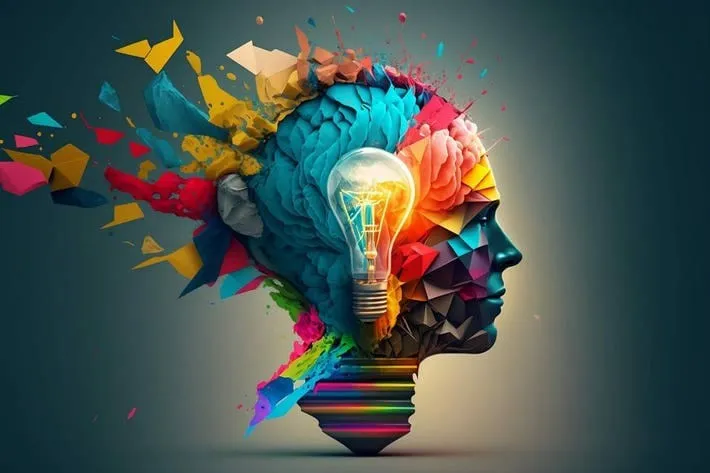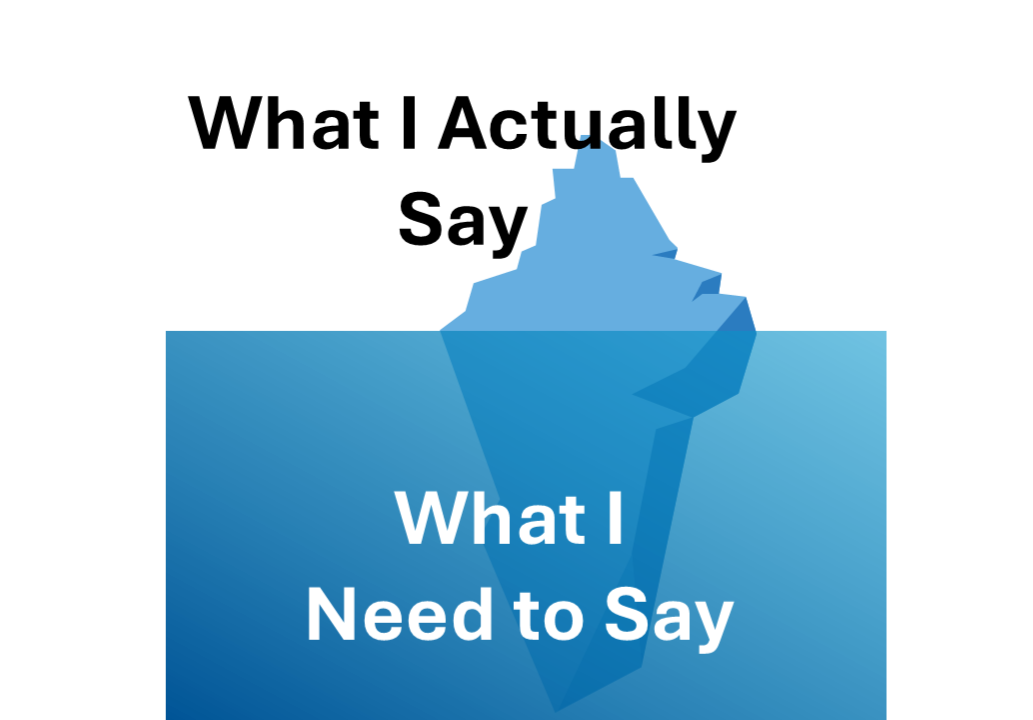Have you ever had the experience of rediscovering something like a book, a piece of work or item that has been a significant part of your learning and development? Well, I had that last week when preparing for a session with a client; and it was great to reconnect with (in this case) Tim Gallwey’s seminal work – The Inner Game of Tennis.
Most of us, at some time in our lives, have experienced the doubt that comes with trying something new. So, most of us (if we think about it) can hear those words of doubt – “you can’t do this, you won’t succeed, you’ll fail…” And we can probably also hear the critical self when we do “fail”. “You see I knew I’d fail, I’m just not good at this, I’ll never be good at this.”
Self 1 vs Self 2
Gallwey’s work examines this critical voice, and he gives it a name – Self 1. This is the voice that inhibits performance and gets in the way or blocks what sportspeople refer to as relaxed focused attention. But make no mistake, his work is not just for sportspeople.
He calls our capable self, Self 2. This is the self that doesn’t have a critical voice, much like toddlers have no critical voice when they are playing, exploring and learning. If you consider Self 1 to be interference, noise that gets in the way of relaxed focussed attention you can then make sense of this equation:
Performance = Potential – Interference
So, our intention, in order to perform, should be to silence Self 1 and to trust Self 2. Because Self 2 trusts our natural potential, our rehearsal, our preparation or (again) as sportspeople would put it, the routine or process which includes all of this.
Utilising Self 2
The book tells us how anyone can coach others to bring their attention to Self 2 even if they themselves are not skilled or expert at the activity they are coaching. Let me give you a tangible example.
I was playing golf (an activity that I am not expert in) with my two sons and my nephew Kevin many years ago when they were in their early teens. Poor Kevin was having a nightmare and really struggling to make clean contact with the ball. I, meanwhile (despite not being an expert) was giving him a lot of technical advice, do this, try that, etc. but to no avail. Inadvertently I’d filled his head with more Self 1 narrative and overwhelm.
So eventually I remembered Gallwey’s work and I said try this. “Forget everything I’ve been telling you, I just want you to focus on the back of the ball and think what it’ll be like when your clubface makes contact with the back of the ball.” What happened surprised us all. Kevin hit the best shot of the day. A beautiful long 5-iron straight down the middle of the fairway. This simple instruction, quietened Self 1, removed the interference and allowed him to trust his natural ability and potential (Self 2). He went on to repeat this many times and any time he didn’t hit a decent shot, I asked him what he was thinking about, and he said, “I was thinking about how to hit a good shot again and not about what it’ll be like when my clubface makes contact with the back of the ball.”
This book is worth discovering, even for the 2nd time and he’s followed it with (funnily enough) The Inner Game of Golf, The Inner Game of Work and The Inner Game of Stress.



